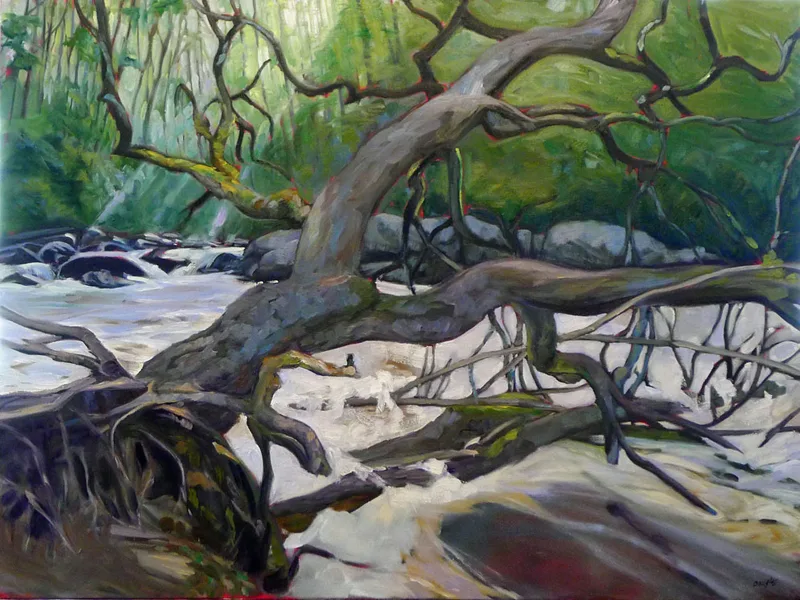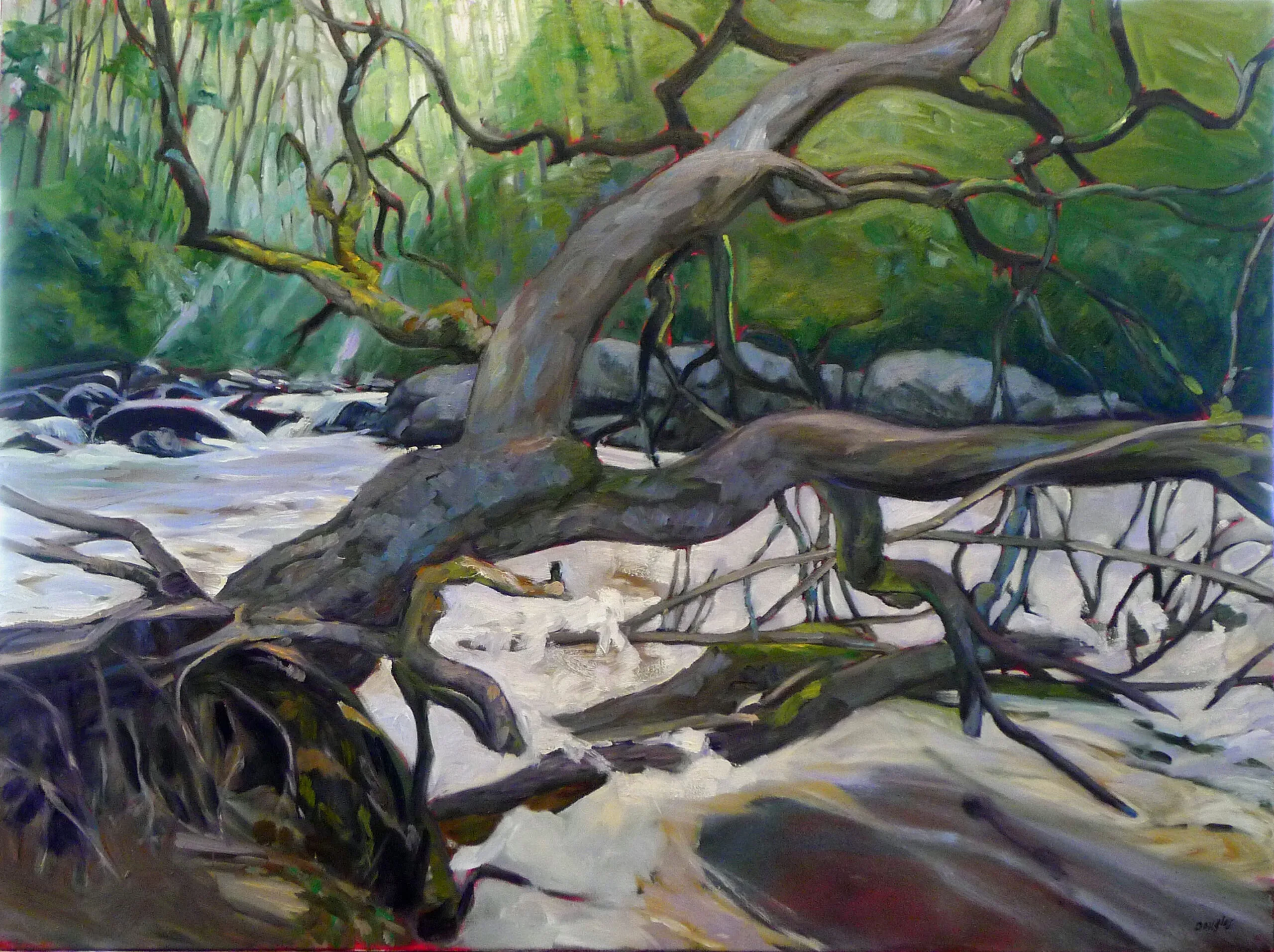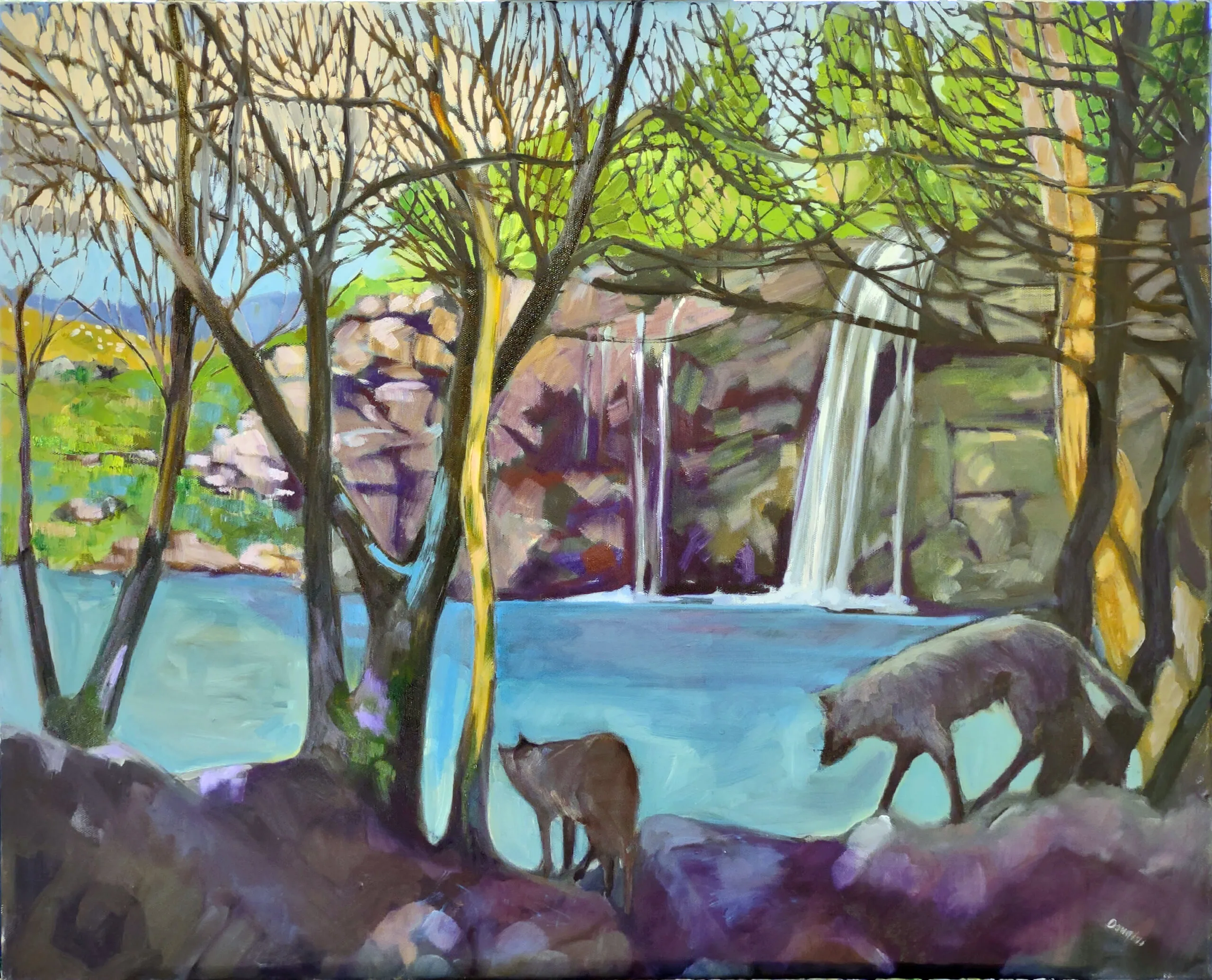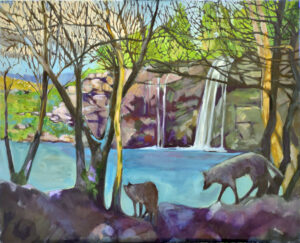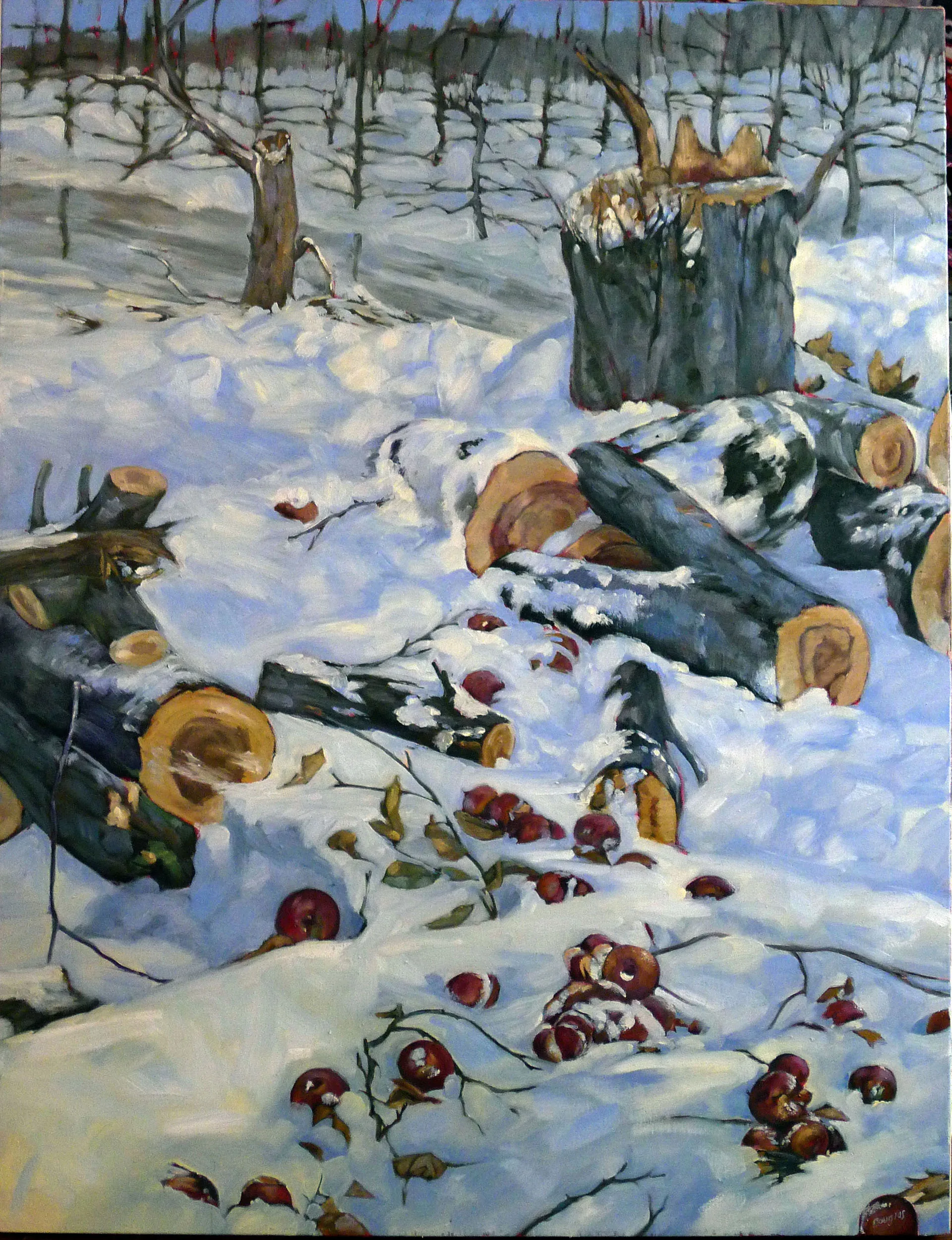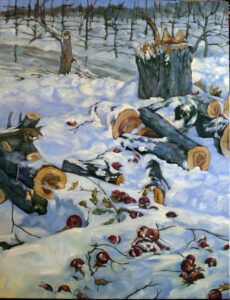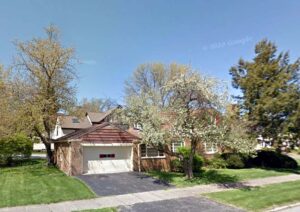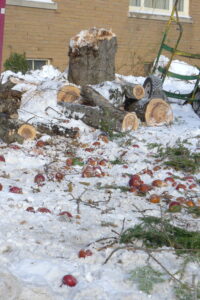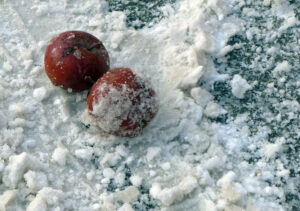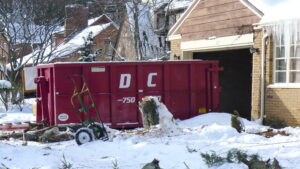I painted Deadwood, above, for a solo show at Roberts Wesleyan College’s Davison Art Gallery. The work was an exploration of the relationship between God and man as seen in nature.
At the time, I was thinking about how our mistakes impede the flow of life. “But fallen branches can actually change the course of a waterway,” my hydrologist friend Ken Avery told me at the opening. It’s the butterfly effect made apparent.
I’d never thought about it like that.
Branches that fall into streams tend to collect other sticks into logjams. This debris can alter the flow of the river itself. There is great force holding such river jams in place; in fact, breaking a logjam is something best left to experts as it can be very dangerous.
Deadwood is a metaphor for decisions we’ve made that seemed to permanently hobble us. Sin and failure drop into our lives and mesh with other sins and failures. By the time we’re adults, we have a logjam of troubles pushing one against another. These start to define what we understand to be our character or personality. “She’s temperamental.” “He is afraid of his own shadow.” “Of course he has a drinking problem; so did his father and grandfather.” None of these are true definitions of our characters, but the distortion caused by the sad accretion of troubles upon troubles.
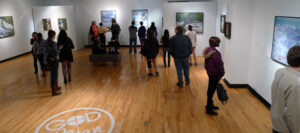
The great lie of Satan is that each of us is uniquely and fatally flawed. Neither is true, of course. Our sins are generally common, and we can correct our course as long as we’re still breathing.
At the time I painted it, Deadwood seemed very unfinished, but this is a painting that predicted where I was going as a painter. These works make us uncomfortable at the point of creation, but they ring true over time. That’s the big reason why I’m not quick to wash out rough starts.
(By the way, an altered life is not a ruined one; if this resonates with you, you may want to read this book.)
Reserve your spot now for a workshop in 2025:
- Advanced Plein Air Painting, Rockport, ME, July 7-11, 2025.
- Sea and Sky at Acadia National Park, August 3-8, 2025.
- Find Your Authentic Voice in Plein Air, Berkshires, MA, August 11-15, 2025.
- Immersive In-Person Fall Workshop, Rockport, ME, October 6-10, 2025.

